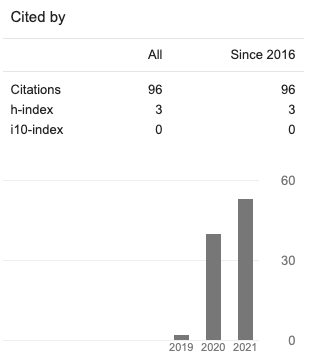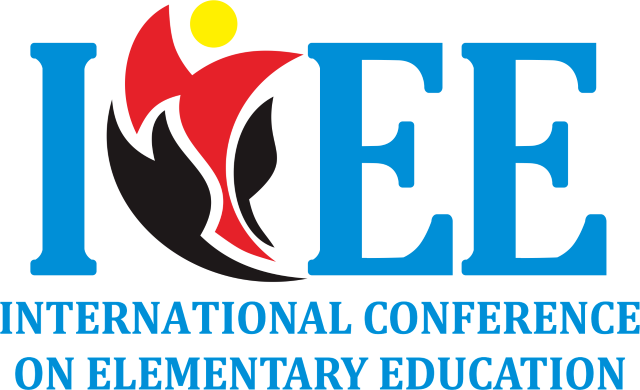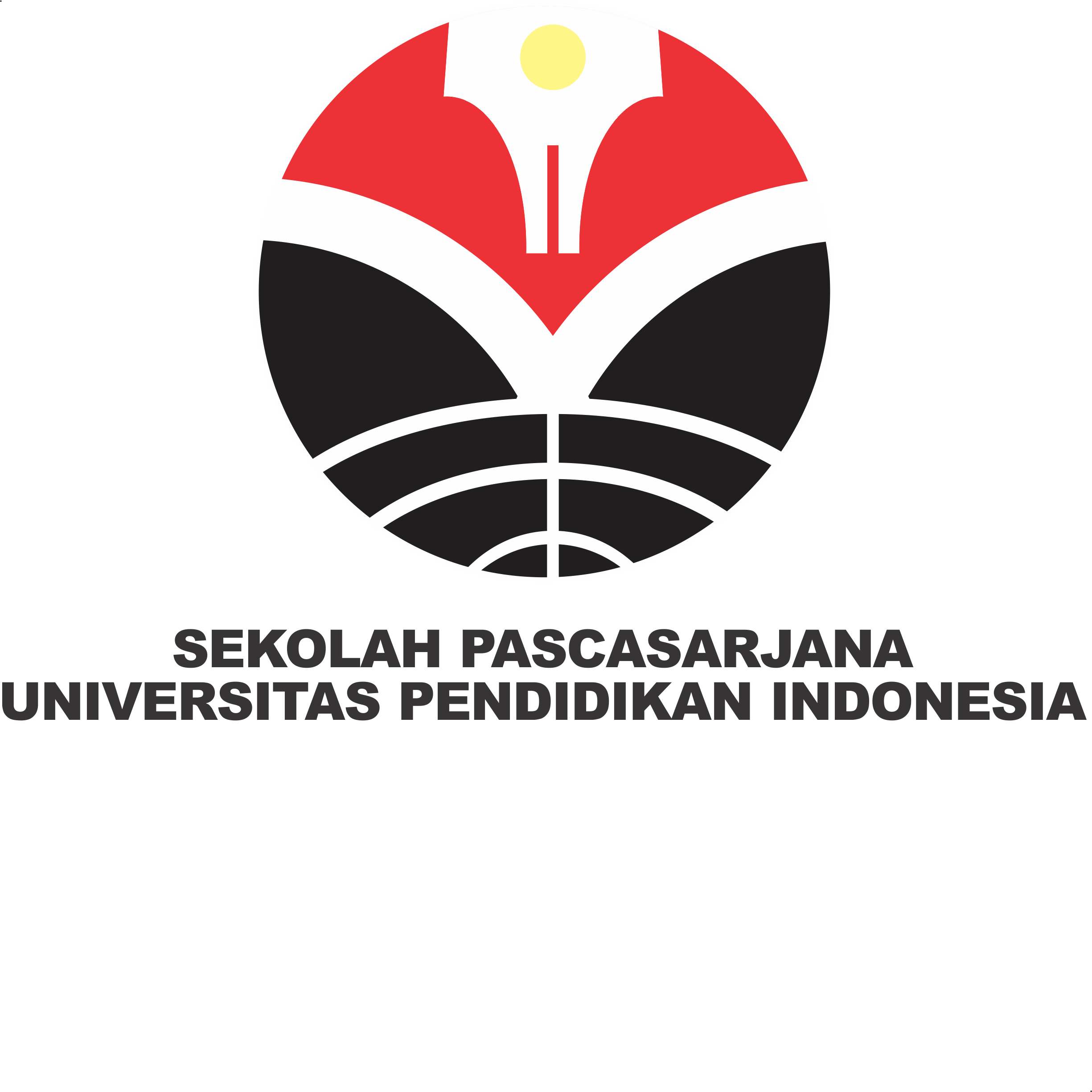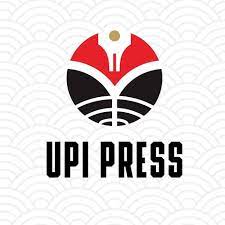STEM Education Through Mini Water Filter Based on SDGS Approach on Water Polution
Abstract
One of the important components of the fourth sustainable development goal is enhancing human populations' knowledge of Science, Technology, Engineering, and Mathematics (STEM). Many countries are facing challenges to implement STEM education. Start from the problem of water pollution, student learn how to prevent the harmful effect of toxic subtance to water environment. This study aims to exercise STEM model. Descritive method used as the research method, and twenty two students chosen by purposive sampling. Learning activities using STEM were make students enthusiastic to learn about science related to the water polution. First, students learn from the water enviroment around school. Second students do the experiment by using fish and polluted water. Third, students design the innovation to prevent the toxic subtance to water environment. Fourth, students make an innovation. Five, students give reflection, and the last student do the exercise based on the activities. The total average results from the students’ cognitive test about the material show a score of 90. Based on encouraging knowledge and life skills regarding the Sustainable Development Goals (SDGs) and making connections in education to primary school students depends heavily on the learning process from early awareness of the SDGs. Students can learn about environmental issue directly.
Copyright (c) 2023 Putri Sekar Melati, Lilit Rusyati

This work is licensed under a Creative Commons Attribution 4.0 International License.















